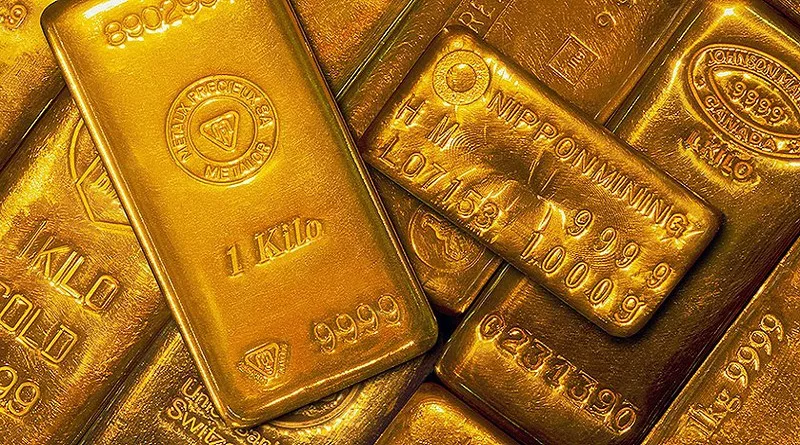In the realm of commodities trading, few assets hold as much allure and historical significance as gold. Revered for millennia as a symbol of wealth and stability, gold continues to captivate investors and traders alike. Within the complex world of gold trading, one instrument stands out: the Gold Continuous Contract. This article delves into the nuances of this contract, exploring its intricacies, advantages, and implications for market participants.
Defining the Gold Continuous Contract
The Gold Continuous Contract represents a standardized agreement to buy or sell a specified amount of gold at a predetermined price on a future date. Unlike spot contracts, which involve immediate delivery of the underlying asset, futures contracts are forward agreements traded on regulated exchanges. The “continuous” aspect of the contract refers to its seamless rollover mechanism, enabling traders to maintain exposure to gold without the need for physical delivery.
Understanding the Mechanics
At its core, the Gold Continuous Contract operates on the principles of supply and demand dynamics, influenced by various factors including geopolitical tensions, macroeconomic indicators, and investor sentiment. Each contract represents a fixed quantity of gold, typically measured in troy ounces, with standardized expiration dates set by the exchange.
Trading the Gold Continuous Contract entails speculating on future price movements. Participants can take long positions, anticipating an increase in gold prices, or short positions, betting on a decline. Profit and loss are realized based on the difference between the contract’s price at initiation and settlement.
Advantages of Trading the Gold Continuous Contract
One of the primary advantages of trading the Gold Continuous Contract is its liquidity. As a widely traded instrument on major exchanges such as the Chicago Mercantile Exchange (CME) and the Intercontinental Exchange (ICE), the contract offers ample opportunities for entry and exit at competitive prices.
Additionally, the Gold Continuous Contract provides efficient price discovery mechanisms, reflecting real-time market sentiment and fundamental factors. This transparency enhances risk management and facilitates informed decision-making for traders and investors.
Moreover, the contract’s leverage enables participants to amplify their exposure to gold with a fraction of the capital required for direct ownership. While leverage magnifies both gains and losses, it offers the potential for enhanced returns for those adept at managing risk.
Implications for Market Participants
For institutional investors and portfolio managers, the Gold Continuous Contract serves as a vital tool for diversification and hedging against adverse market conditions. By incorporating gold futures into their asset allocation strategies, investors can mitigate downside risk and preserve capital during periods of economic uncertainty or inflationary pressures.
Furthermore, the Gold Continuous Contract plays a crucial role in the broader financial ecosystem, serving as a barometer of market sentiment and economic health. Fluctuations in gold prices often reflect underlying macroeconomic trends, including inflation expectations, currency movements, and central bank policies.
See Also: Does Gold Trade on Weekends?
Navigating Challenges and Risks
While the Gold Continuous Contract offers compelling opportunities, it is not without its challenges and risks. Price volatility, inherent to commodities markets, can result in substantial losses for ill-prepared traders. Moreover, geopolitical events, regulatory changes, and unexpected macroeconomic developments can trigger abrupt price swings, testing the resilience of market participants.
Additionally, margin requirements and overnight financing costs associated with leveraged positions demand prudent risk management practices. Failure to monitor and adjust positions accordingly can expose traders to margin calls and forced liquidations, potentially eroding capital.
Conclusion
In conclusion, the Gold Continuous Contract represents a cornerstone of modern commodities trading, offering investors and traders a vehicle for capitalizing on the timeless allure of gold. With its liquidity, transparency, and potential for enhanced returns, the contract continues to attract participants seeking exposure to the precious metal’s inherent value and diversification benefits.
However, success in trading the Gold Continuous Contract demands diligence, discipline, and a deep understanding of market dynamics. By embracing these principles and leveraging the contract’s advantages while mitigating risks, market participants can unlock its full potential as a cornerstone of their investment portfolios. As gold continues to shine as a beacon of stability amid uncertainty, the Gold Continuous Contract remains a steadfast companion for those navigating the ebbs and flows of financial markets.

